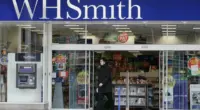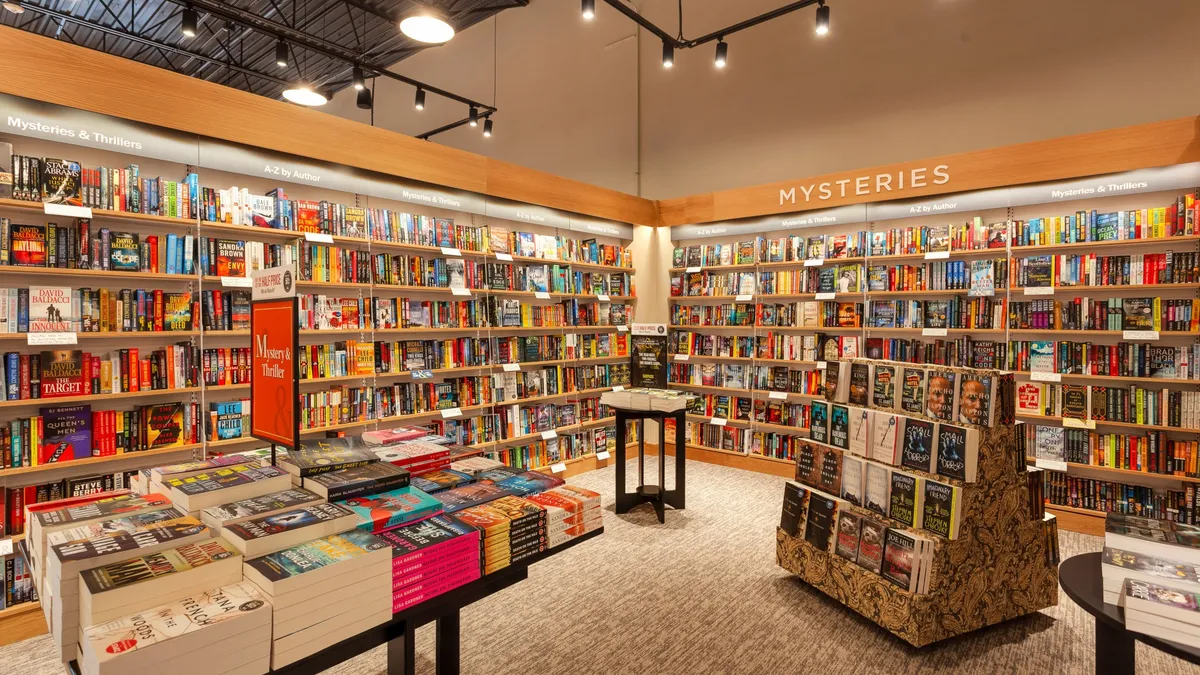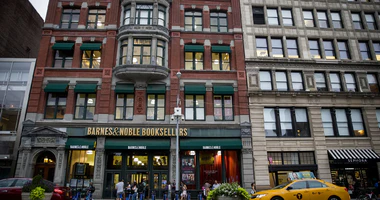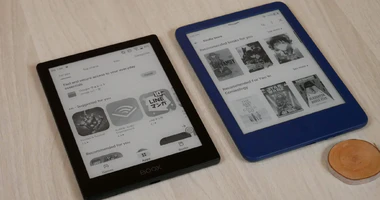Barnes and Noble is the only major US brand that does not employ Color E INK technology on its NOOK e-readers. Amazon has Colorsoft, which sells quite well, and Rakuten Kobo has a few different color models in its portfolio. Customers now have more choices regarding reading on a color e-paper screen. Will the largest bookseller in the United States join the fray or stick with a traditional black-and-white e-paper display?
Amazon and Kobo got into the color e-paper game relatively late, releasing their first models in 2024. Remarkable, a writing slate company also got involved last year. However, mid-tier brands such as Pocketbook, Onyx Boox, Meebook, Bigme, iFlytek, and Readmoo have been using color e-paper for a long time and were early adopters.
Color e-paper and the underlying E INK technology have improved in the past year. Colors look great, page turns are fast, and the overall saturation doesn’t look as washed out as the previous generation due to increased PPI. These factors combined prompted Amazon and Kobo to jump aboard and use their cadre of engineers to make dramatic improvements to the hardware and software that their competitors cannot muster due to financial constraints.
If you ask your average Barnes and Noble bookseller employee if they have a colored NOOK, they might point to the Nook Tablet by Lenovo. This is a fully functional Android tablet with the NOOK reading app preinstalled. It is cheap and cheerful and sold in all of their bookstores.
A color e-paper e-reader would make great sense since their competition is leaving them behind. This means more people will switch to other brands and not buy e-books or digital audiobooks, which means a long-term revenue loss. Having at least one colored model would put them in the conversation of the best e-readers to buy in 2025, which would increase brand awareness.
Barnes and Noble have made great strides in their latest generation of NOOK e-readers. They are well-designed and thoughtful. Barnes and Noble tend to have their e-readers constructed by Netroix, which manufactures Kobo e-readers. One of the things that has always hampered the NOOK is the software experience. It is simply buggy and prone to a lousy user experience. The bookseller seems not to have invested heavily in the NOOK, or it would have improved over time.
Some would argue that if NOOK is in the position that pushing its digital offerings will hurt its physical book sales; I can’t fault it for neglecting the digital side of its business to avoid closing brick-and-mortar stores and losing money. It’s the same problem the music industry faced with the switch to digital—there’s less money in it, and you end up killing retail stores. B&N currently has over 600 stores and is opening more than their closing. They entirely depend on customers buying print books since that is what pays employees, rental leases, and spending on renovations.
Barnes and Noble would be wise not to invest heavily in the NOOK. The company only operates in the United States. It has heavy competition from Amazon, which sells both print and digital, and Rakuten Kobo, which only sells digital. In 2024, digital book sales in the United States were up 1.6% compared to 2023, for $1.0 billion. Digital audiobook sales were up 23.8%, reaching $1.1 billion in revenue. Hardback revenues were up 6.8%, coming in at $3.5 billion; Paperbacks were up 3.0%, with $3.2 billion.
Michael Kozlowski is the editor-in-chief at Good e-Reader and has written about audiobooks and e-readers for the past fifteen years. Newspapers and websites such as the CBC, CNET, Engadget, Huffington Post and the New York Times have picked up his articles. He Lives in Vancouver, British Columbia, Canada.





